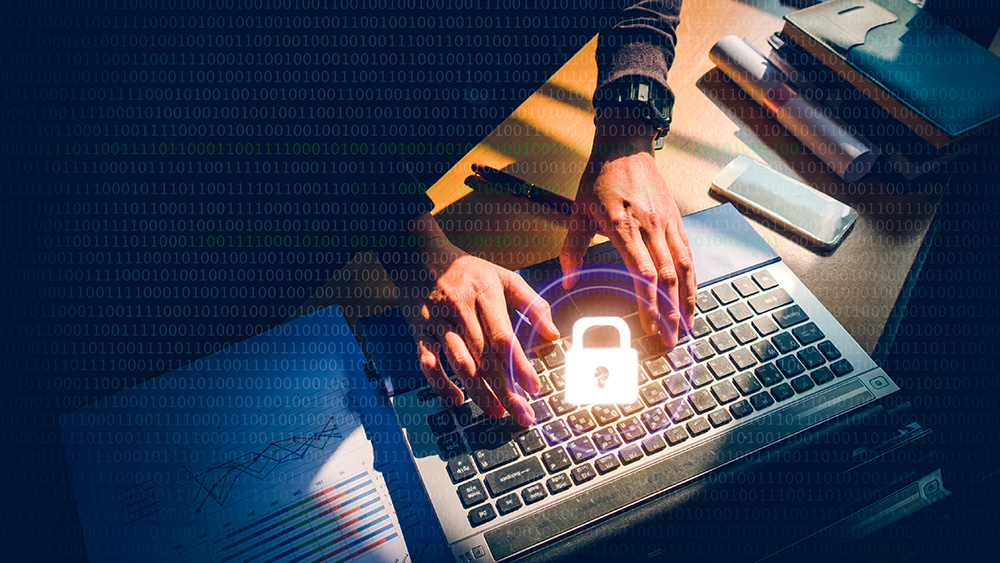
National Cybersecurity Awareness Month
Each October, the U.S. Department of Homeland Security, and the National Cyber Security Alliance (NCSA) promote National Cybersecurity Awareness Month (NCSAM). Cybersecurity Awareness refers to every individual’s knowledge about cybersecurity threats — including what they are, how to prevent and respond to them, and the consequences of a cyber breach.
The following information and resources provided by the Cybersecurity & Infrastructure Security Agency, are invaluable tools for reducing cybersecurity risks and protecting yourself online:
Cybersecurity at your workplace
Businesses face significant financial loss when a cyber-attack occurs. Cybercriminals often rely on human error—employees failing to install software patches or clicking on malicious links—to gain access to systems. From the top leadership to the newest employee, cybersecurity requires the vigilance of everyone to keep data, customers, and capital safe and secure. CLICK HERE for tips about cybersecurity at your workplace.
Identity Theft and Internet Scams
Today’s technology allows us to connect around the world, and to control our televisions, homes, and cars from our smartphones. With this added convenience comes an increased risk of identity theft and Internet scams. CLICK HERE for tips on how to protect yourself from online fraud.
E-Skimming
The Internet touches almost all aspects of our daily lives. We are able to shop, bank, connect with family and friends, and handle our medical records all online. These activities require you to provide personally identifiable information (PII) such as your name, date of birth, account numbers, passwords, and location information. CLICK HERE for tips on how to reduce the risk of becoming a cybercrimes victim.
Phishing
Phishing attacks use email or malicious websites to infect your machine with malware and viruses in order to collect personal and financial information. Cybercriminals attempt to lure users to click on a link or open an attachment that infects their computers, creating vulnerability to attacks. Phishing emails may appear to come from a real business, e-commerce site, government agency, or any other service, business, or individual. The email may also request personal information such as account numbers, passwords, or Social Security numbers. When users respond with the information or click on a link, attackers use it to access users’ accounts. For more information on how to prevent phishing attacks, CLICK HERE.
Social Engineering
Social Engineering is the art of manipulating people into performing actions or divulging confidential information. Email is a common method used. They create a scenario based on a few known facts (names, phone numbers, etc.) which seems believable. The types of information these criminals are seeking can vary, but when individuals are targeted the criminals are usually trying to trick you into giving them your passwords or bank information, or access your computer to secretly install malicious software–that will give them access to your passwords and bank information as well as giving them control over your computer. Be very cautious and think twice before giving out sensitive information.
Remember to always contact us to report any suspicious account activity or information security-related events. To contact a Banesco USA Client Care Specialist call toll-free from:
USA: 1-888-228-1597
Venezuela: 0-800-122-8226
Monday to Friday from 8:30 AM – 5:00 PM




 Enroll in Online Banking
Enroll in Online Banking 




